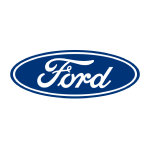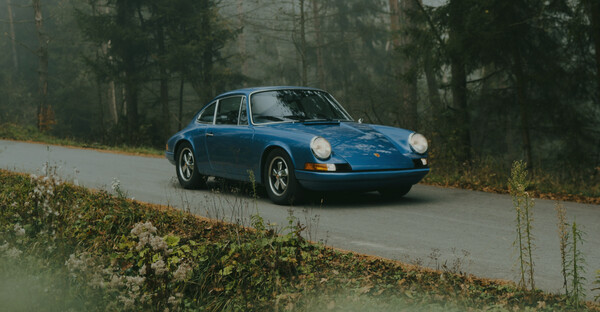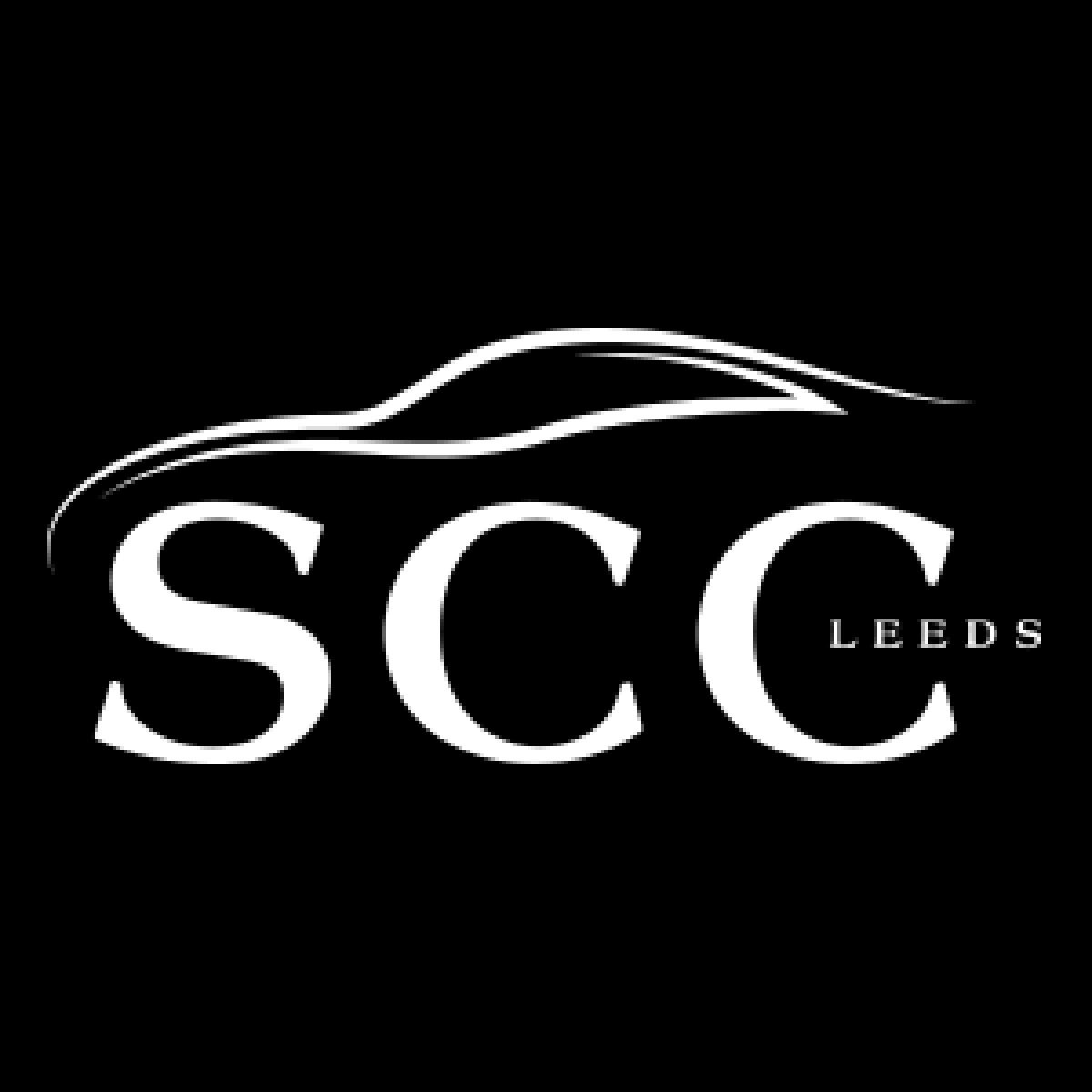Description
This lot will be auctioned via Iconic Auctioneers, The Iconic Sale at the NEC Classic Motor Show 2024 - Cars on Saturday the 9th of November, NEC, Birmingham, B40 1NT. Today, Jeep stands alone as a brand in its own right, however, for the first three decades of the marque’s life it was known, formally and informally, as Willys Jeep. That’s ironic, as Willys-Overland did not actually ‘invent’ the Jeep - that feat is attributed to engineer Karl Probst, working at the American Bantam Car Company in Butler, Pennsylvania. Created to respond to a World War II Quartermaster Corps RFP for a light 4x4 vehicle, Bantam’s entry met the specification requirements but was underpowered compared to the competitor from Willys, which turned out to be too heavy. Ford’s Pygmy was praised for its agility, but its tractor engine was also underpowered. In the final accounting, the Willys was judged best value. Bantam, moreover, lacked the capacity to produce the quantity that the Army needed, so Willys was contracted as the principal supplier in July 1941 (Bantam got a contract for utility trailers as a consolation prize).
As the War outside the US continued, a second supplier with deep resources was called for, so Ford, runner-up in the RFP evaluation, joined the march to war in October 1941. Since standardisation was paramount in military logistics, the Ford Jeeps were all but identical to the Willys MB models. This meant using a clone of the 134 cubic inch L-head Willys four and interchangeable running gear. Production of the Ford GPW began in January 1942 and by war’s end, nearly 278, 000 had been delivered, second to Willys’ 362, 800, but not by much.
Ford-manufactured Jeeps are recognisable by their pressed-steel grilles as opposed to the Willys' slat grille style. The Ford GPW Jeeps are, so say, more sought after than the Willys as the Ford GPW was only manufactured during WWII, so by default it must be an original wartime vehicle. Willys, however, continued with Jeep production after WWII so unfortunately there are many non-WWII vehicles masquerading as original wartime vehicles.
The vehicle presented here is a 1943 Ford GPW 'Willys' Jeep (chassis #GPW-154249); despite their disposable nature, in is little known that the U. S. Army’s Ordnance Department created special facilities to rebuild Jeeps (and other vehicles). Facilities were located both in the U. S. and abroad. One of the companies contracted to do this reconditioning work was ‘Higgins Industries’, a company based in New Orleans which was primarily employed to build amphibious landing craft referred to as LCVP (landing craft, vehicles, personnel), which were used extensively in Allied forces’ D-Day Invasion of Normandy; these landing craft vessels are commonly referred to as a ‘Higgins Boat’.
See image attached of Jeeps on a raised inspection station at the Higgins Michoud Plant, Louisiana in July 1942 being cleaned with steam and water; they were overhauled and reconstructed before being returned to the US Army. In total, the companies reconditioned a total of 16, 176 Jeeps in the United States according to Charlie Weaver via Jim Allen’s book ‘Jeep’. There are examples of the data plates applied to the dashboards of jeeps by the various companies.
This particular Jeep is one of 1, 850 examples reconditioned by Higgins Industries – as illustrated by the plaque in its cockpit, dated November 1944 - which is fascinating, making it a real survivor.
Always in the hands of enthusiasts, it was registered in UK on 1st October 1970 (as a historic vehicle). It was fully restored with help from ‘Dallas Auto’, the WW2 Jeep, MS01 and Dodge Specialists of Berkshire, with invoices totalling over £8, 000. It comes adorned with ‘authentic’ bullet holes which definitely adds a sense of theatre. Described as being in ‘excellent working order’, this is as good as you’d want your Jeep.
Now arguably more iconic than a Sherman Tank or P-51 Mustang, the Jeep is for many the definitive WWII vehicle and the perfect Goodwood Revival accessory.
























